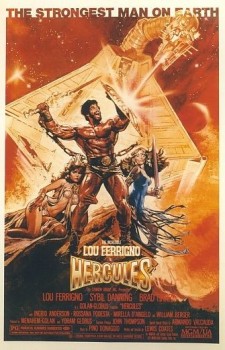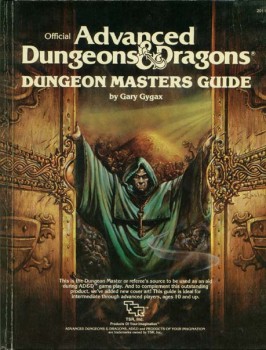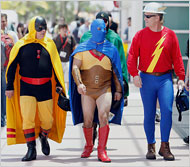How we live today
I’m old enough to remember when the first heart transplant caused a flurry of debate on the ethics of harvesting organs, even from people certifiably brain dead (not including most politicians, television newscasters and reality show celebrities), as perhaps a violation of natural, if not God’s law. Of course, they used to say the same thing about blood transfusions, though even in the 21st century certain religious beliefs view this as impermissable, though in the decided minority and, in one recent case, prayer in lieu of medical intervention has been ruled criminal negligence, thank god. These days, scheduling a heart transplant or most any other organ swipe out with a biological or mechanical replacement is almost like taking your car to Jiffy Lube for an oil change. (Needless to say, I exaggerate, as an oil change is much less costly and doesn’t involve third party payers.) Times change. When I was a kid, notions of “post-humans” with biological enhancements and AI feeds were the stuff of science fiction. Today, they are the subject of articles such as You: The Updated Owner’s Manual in the Sunday New York Times Book Review.
Speaking of The New York Times, the magazine recently profiled Jack Vance, whose name I’ve seen but never read, something I now intend to fix post-haste.
 The film spares no trick in getting the celebratory atmosphere just so — for the court is alive with news that an entire treasure fleet of the hated Spaniards has been captured, the funds diverted to her majesty’s treasury, the ships scuttled or pressed into privateering service for the Crown. Elizabeth herself blushes in anticipation of receiving the hero of the hour, the man whose name is on every tongue (and has been for quite some time, truth be told), Vice Admiral Sir Francis Drake. The tension builds, the courtiers grow restless, the lavish entertainments are ignored. All necks stretch, even the alabaster column of the monarch’s herself, when the herald announces the great man’s arrival and the doors swing open.
The film spares no trick in getting the celebratory atmosphere just so — for the court is alive with news that an entire treasure fleet of the hated Spaniards has been captured, the funds diverted to her majesty’s treasury, the ships scuttled or pressed into privateering service for the Crown. Elizabeth herself blushes in anticipation of receiving the hero of the hour, the man whose name is on every tongue (and has been for quite some time, truth be told), Vice Admiral Sir Francis Drake. The tension builds, the courtiers grow restless, the lavish entertainments are ignored. All necks stretch, even the alabaster column of the monarch’s herself, when the herald announces the great man’s arrival and the doors swing open. I had been reading science fiction for four or five years before I actually ran across any of the science fiction magazines. I was aware that they existed, and was extremely interested in reading them, but never saw them in bookstores. I now attribute this to the fact that bookstores generally put genre magazines with the magazines and not with the books (where I had been looking for them), and also to the fact that I wasn’t super-bright.
I had been reading science fiction for four or five years before I actually ran across any of the science fiction magazines. I was aware that they existed, and was extremely interested in reading them, but never saw them in bookstores. I now attribute this to the fact that bookstores generally put genre magazines with the magazines and not with the books (where I had been looking for them), and also to the fact that I wasn’t super-bright. Hercules (1983)
Hercules (1983) Okay, I’ll admit that in a past indiscretion I went to an adult store (this was in the days before the Internet, when it was the only place you could get such things) and bought an anatomically correct blow up doll. But, it wasn’t for me. Honestly. It was a joke gift for a bachelor party. Nonetheless, I want to take this opportunity to apologize to my congregation, my constituents and my family for behavior that was actually perfectly innocent, though I realize it could be construed by some as some kind of perverted behavior by those who haven’t as yet been caught in their own perverted behavior.
Okay, I’ll admit that in a past indiscretion I went to an adult store (this was in the days before the Internet, when it was the only place you could get such things) and bought an anatomically correct blow up doll. But, it wasn’t for me. Honestly. It was a joke gift for a bachelor party. Nonetheless, I want to take this opportunity to apologize to my congregation, my constituents and my family for behavior that was actually perfectly innocent, though I realize it could be construed by some as some kind of perverted behavior by those who haven’t as yet been caught in their own perverted behavior. A
A 

 Courtesy of The New York Times comes this report of
Courtesy of The New York Times comes this report of